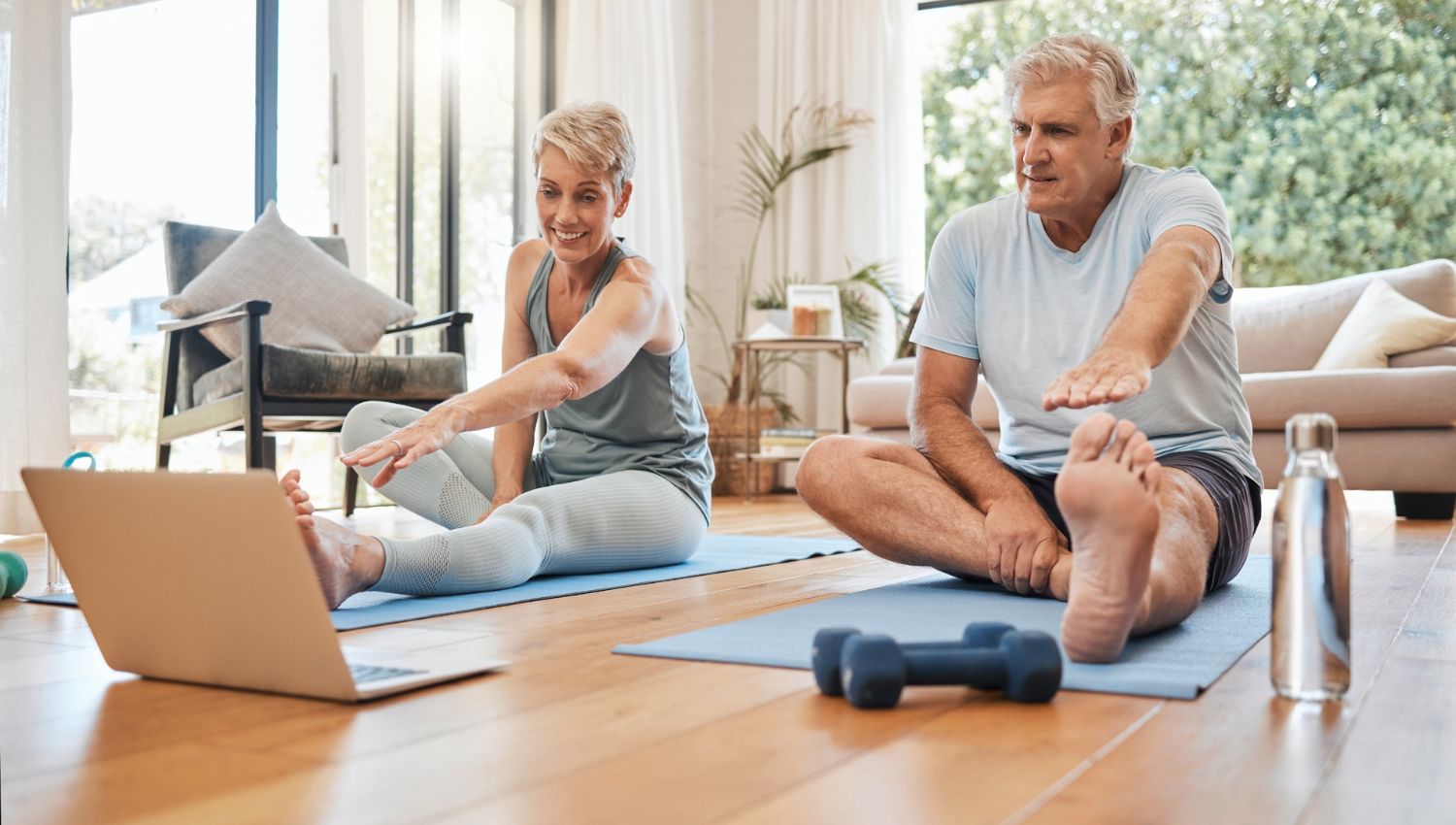The protective and therapeutic effects of exercise and physical activity on anxiety disorders have been consistently demonstrated in numerous studies. See this great review and suggestions from the Anxiety & Depression Association of America. In addition, exercise improves physical health and may help reduce the risk of cardiovascular problems associated with anxiety disorders, including high blood pressure and early mortality.

In terms of brain health Dr. Bredesen notes: "Being active is the single most important strategy you can employ to prevent and remediate cognitive decline." The End of Alzheimer's program p. 200. So if you are worried about developing dementia, the research suggests one of the best things you can do is get some exercise - get a partner and go for a walk, ride a bike, go for a swim, climb a hill, etc. And then do that day after day until it's a habit! All of these can reduce cortisol, which can adversely affect the brain, and promote greater and focus.
Moreover, moderate exercise, like going for a stroll, can also facilitate the digestion and assimilation of the above and below noted nutrients of calm, and help to provide better circulation of these to the brain where they can perform their intended function. So we see that good nutrition/diet and exercise, when combined, can produce a powerful synergistic effect that would not be near as great if these were not done in concert. In other words physical activity can enable us to get “more bang-for-our-buck,” out of the food we eat.
Additionally, exercise can facilitate the production of endorphins, that help us feel good, and BDNF (brai-derived neurotrophic factor), which promotes the growth of new brain cells – to replace any lost due to high cortisol.
One review noted high-intensity aerobic interval exercise programs (going faster then slower, faster, slower etc.) have been found to be more effective than low-intensity programs at reducing anxiety, although the authors caution that exercise regimens should be carefully tailored to each individual’s needs to reduce the risk of dropping out. See the link to exercise and physical activity at the top of this page.
(One of the main ways in which exercise helps with anxiety and the brain, is through increasing oxygen consumption. The brain needs a lot of oxygen to create energy. Exercise facilitates that, but simply taking a few minutes to breath deeper, can also help - although not as much as deeper breathing with exercise. We will soon be adding a section on breathing strategies, which can often be very helpful. But for now be sure to see the breathing technique under 4 Simple Steps to Neutralize Anxiety On The Spot at the end of this article.)
For additional information on brain healthy activities and how they can help go to Step#2 on Regular Physical Activity under Brain Health Essentials.